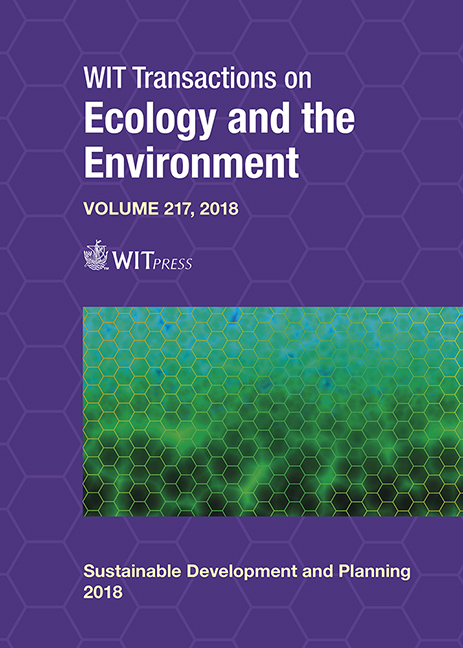LIVEABLE AND HEALTHY CITY DESIGN
Price
Free (open access)
Transaction
Volume
217
Pages
13
Page Range
177 - 189
Published
2018
Size
915 kb
Paper DOI
10.2495/SDP180171
Copyright
WIT Press
Author(s)
MARICHELA SEPE
Abstract
The relationship between health and urban design are complex because of the multiple elements, which play different roles in the city system. Indeed, urban happiness, liveability and health are concepts, which in the last years are become always more present in the urban planning studies. Although many theories agree on the benefits that people derive from factors such as green place, quality public space, safe place, social connectedness and clean air, it is not easy to assume and demonstrate that these improve liveability, happiness and then health. Many cities are playing their attractiveness and competitiveness on these elements and current indexes report the ranking of cities which are the most happy, liveable or healthy on the basis of factors in continuous change. In this way is difficult to understand what are the real reasons of success of certain places or cities and what to do to make a city liveable. Although it does not exist a unique recipe, it is possible to identify a mix of ingredients – with the right proportions – which is capable if not of guaranteeing at least strongly contributing to the creation and success of a healthy place. Starting from these premises, aim of this work is to illustrate the more recent theories on healthy and happy places and the original Ecoliv@ble+ design method, carried out in the framework of a CNR research project. The method aims at: identifying sustainable urban health, liveability and happiness from the user’s point of view; identifying design interventions to enhance or create these factors. By way of example, the case study of Coal Harbour in Vancouver and relative observation complete the paper.
Keywords
liveability, urban health, urban happiness, public space, place identity, urban design





